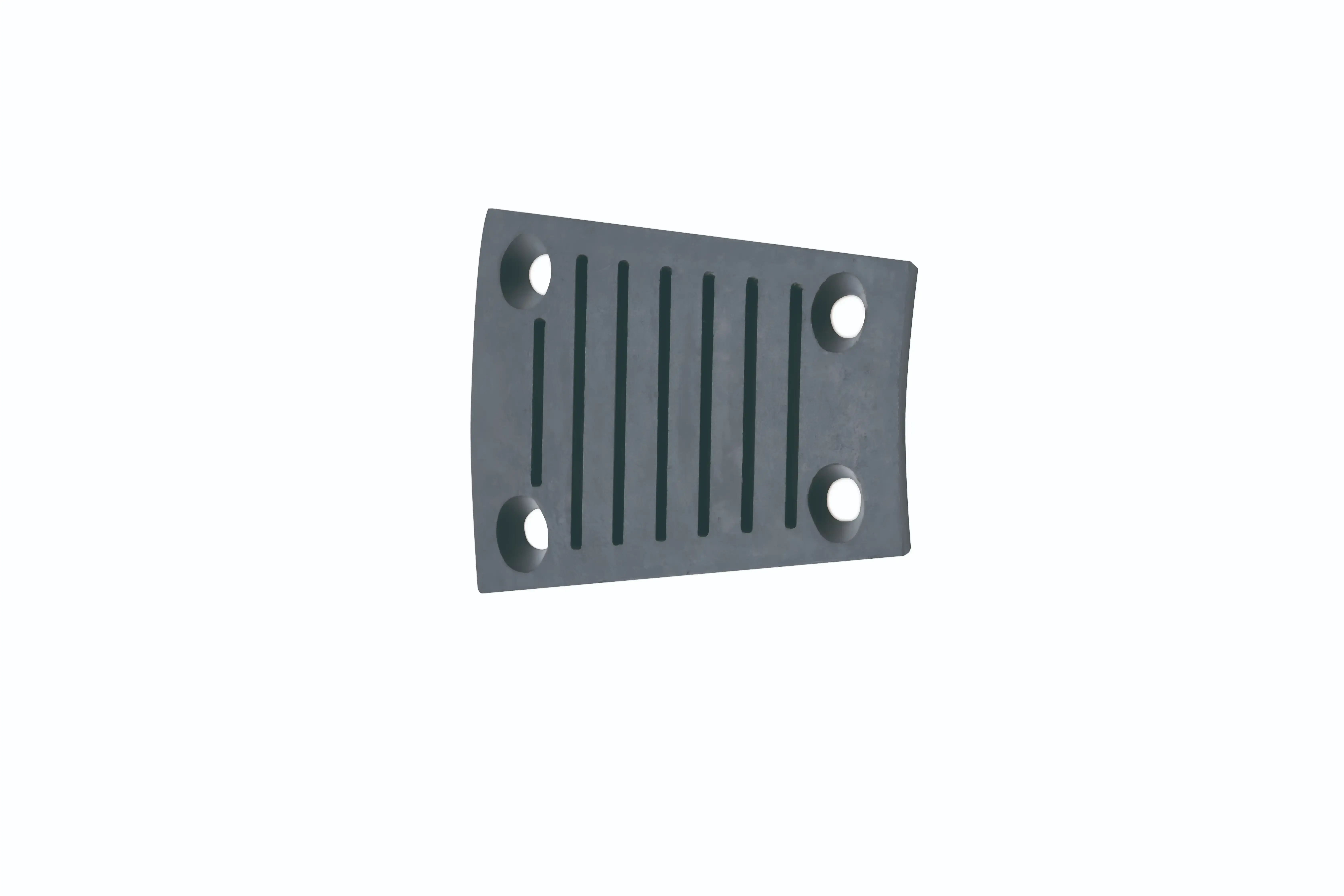Normalizing vs. quenching & tempering for cast alloys
When heat treating cast alloy steel, normalizing and quenching & tempering are the two most commonly used methods, each with distinct advantages. Normalizing involves heating the alloy to a temperature above its critical point, typically between 800°C and 980°C, depending on the alloy type. Once heated, the material is cooled slowly in air. This controlled cooling process refines the grain structure, which leads to improved machinability, better consistency in mechanical properties, and increased strength. The result is a more uniform microstructure, making it ideal for applications that require high toughness and durability, such as structural components in machinery and automotive parts.
On the other hand, quenching & tempering is a two-step process. First, the alloy steel casting is heated to its austenitizing temperature and then rapidly cooled (quenched) in a medium such as oil or water. This step creates a hard but brittle structure. The second step, tempering, involves reheating the quenched material to a lower temperature, typically between 200°C and 650°C, and holding it for a specified time before cooling. Tempering helps to relieve internal stresses and improve ductility while maintaining strength.
The choice between normalizing and quenching & tempering depends on the specific requirements of the cast component. Normalizing is often preferred for parts that require good machinability and uniform properties throughout the casting. Quenching & tempering, however, is ideal for applications demanding high strength and wear resistance.
Temperature ranges for stress relieving cast components
Stress relieving is a critical heat treatment process for alloy steel casting components, particularly those with complex geometries or those subjected to machining operations. This process helps to reduce internal stresses that may have developed during casting, cooling, or subsequent manufacturing processes.
The stress relief process for cast alloy steel components is crucial in ensuring the material achieves the desired mechanical properties and stability. Typically, the optimal temperature range for this process is between 550°C and 650°C, although the specific temperature and duration can vary depending on the alloy composition and the required characteristics of the final product.
For low alloy steels, stress relieving is often done at around 600°C, with a duration of 1-2 hours per inch of thickness. This time allows for the reduction of internal stresses and helps to stabilize the steel. High alloy steels, due to their more complex compositions, may require higher temperatures, sometimes reaching up to 750°C. These steels also tend to need longer holding times to ensure thorough stress relief.
The cooling rate after stress relieving is also a critical factor. Cooling too quickly can reintroduce thermal stresses into the material, which can affect its structural integrity. To prevent this, slow cooling methods are used, either within the furnace or under thermal insulation, which helps maintain the material's stability. This careful balance of heat and cooling ensures the steel is optimally conditioned for its intended application.
Post-casting heat treatment schedules by alloy grade
Different alloy grades require specific heat treatment schedules to achieve optimal properties. Here, we'll explore some common alloy steel casting grades and their recommended heat treatment parameters:
1. Low Alloy Steel Castings (e.g., 4140, 8620)
- Normalize: 870-900°C, air cool
- Quench: 840-870°C, oil quench
- Temper: 540-650°C, air cool
2. Medium Carbon Steel Castings (e.g., 1045, 1060)
- Normalize: 840-870°C, air cool
- Quench: 820-850°C, water or oil quench
- Temper: 425-540°C, air cool
3. High Alloy Steel Castings (e.g., H13, D2)
- Preheat: 750-800°C
- Austenitize: 1000-1050°C
- Quench: Air or oil quench
- Temper: Multiple tempering cycles at 540-600°C
4. Austenitic Manganese Steel Castings (e.g., Hadfield steel)
- Solution treat: 1050-1100°C
- Water quench
It's important to note that these are general guidelines, and the exact heat treatment parameters may need to be adjusted based on the specific composition of the alloy and the desired properties of the final product.
When determining the optimal heat treatment for cast alloy steel components, several factors must be considered:
- Alloy composition
- Section thickness
- Desired mechanical properties
- Application requirements
- Environmental considerations
By carefully tailoring the heat treatment process to the specific alloy and application, manufacturers can significantly enhance the performance and longevity of cast alloy steel components.
In conclusion, the optimal heat treatment for cast alloy steel is a complex process that requires a deep understanding of metallurgy and material science. By leveraging the right combination of normalizing, quenching, tempering, and stress relieving techniques, manufacturers can produce high-quality castings that meet the demanding requirements of various industries.
At NINGHU, we specialize in producing high-quality alloy steel casting components with optimized heat treatment processes. Our team of experienced metallurgists and engineers work closely with clients to develop custom heat treatment solutions that deliver superior performance and reliability.
If you're looking to optimize the heat treatment process for your cast alloy steel components or need expert advice on material selection, don't hesitate to reach out. Contact our team at sales@da-yang.com or sunny@da-yang.com to discuss your specific requirements and discover how we can help elevate the quality of your castings.
References
- Smith, J. (2020). Advanced Heat Treatment Techniques for Cast Alloy Steels. Journal of Metallurgical Engineering, 45(3), 178-195.
- Johnson, R., & Williams, T. (2019). Optimization of Quenching and Tempering Parameters for High-Strength Cast Alloy Steels. Materials Science and Technology, 35(8), 962-975.
- Chen, L., et al. (2021). Effect of Normalizing Heat Treatment on Microstructure and Mechanical Properties of Low Alloy Cast Steel. Materials Research Express, 8(6), 066529.
- Thompson, A. (2018). Stress Relief Heat Treatment of Complex Cast Alloy Steel Components: A Comprehensive Review. International Journal of Metalcasting, 12(4), 789-805.
- Garcia, M., & Brown, K. (2022). Tailoring Heat Treatment Schedules for Austenitic Manganese Steel Castings in Mining Applications. Wear, 502-503, 204380.
- Anderson, P. (2020). Influence of Section Thickness on Heat Treatment Response of Cast Alloy Steels. Metallurgical and Materials Transactions A, 51(9), 4567-4582.









